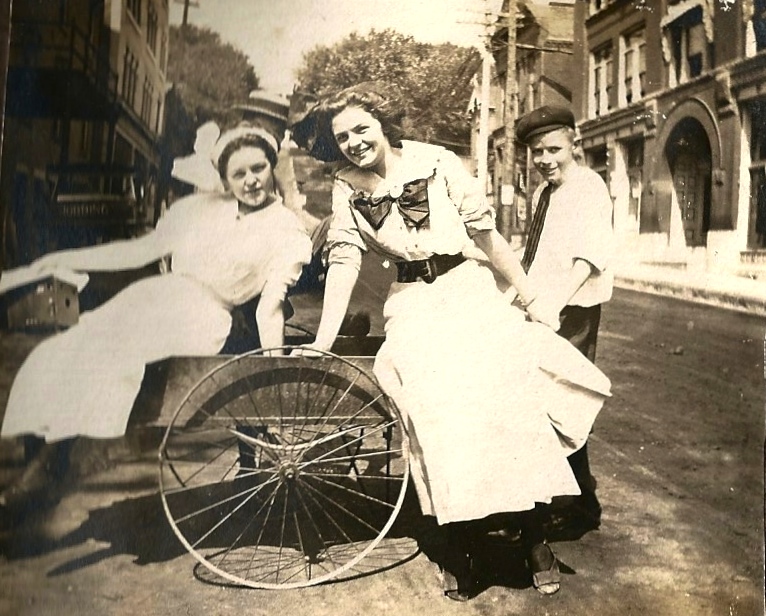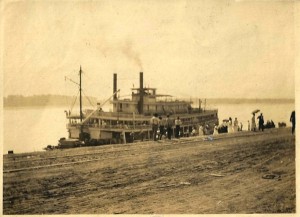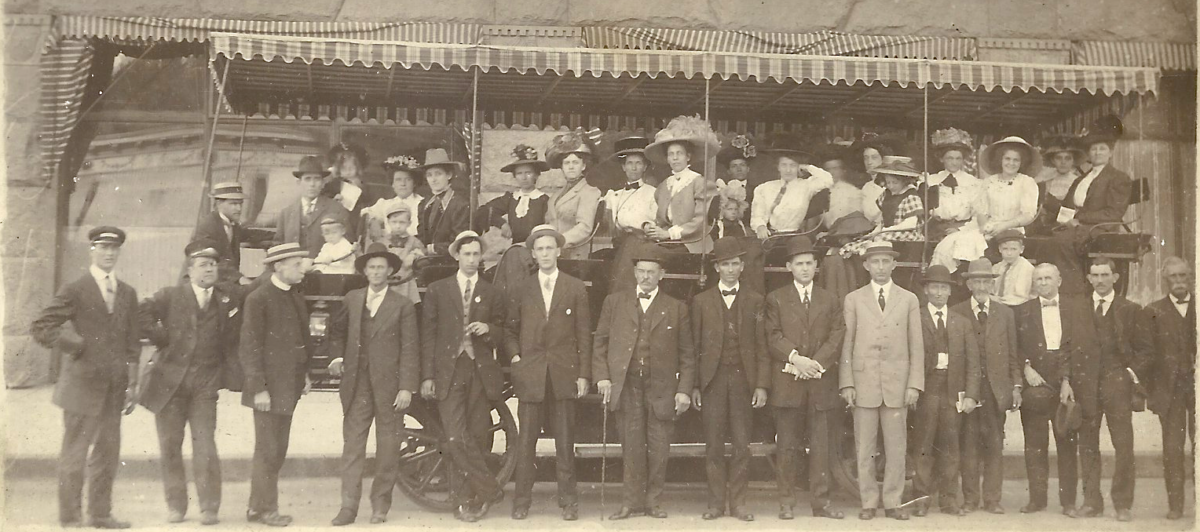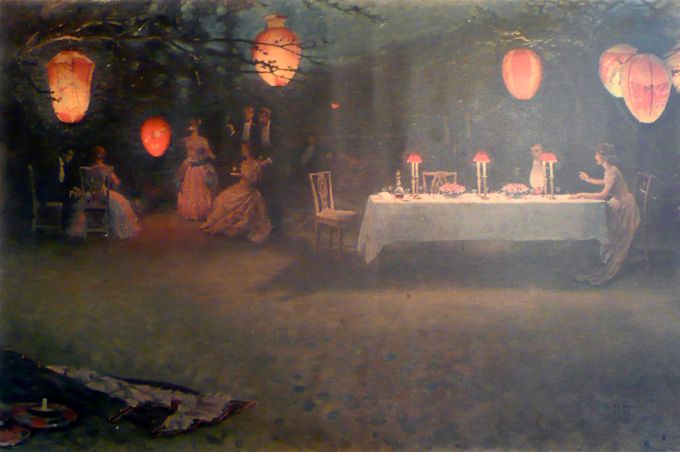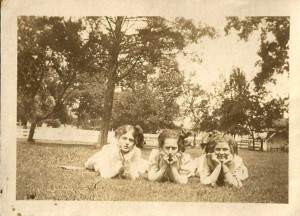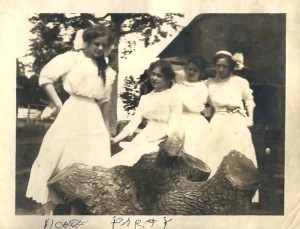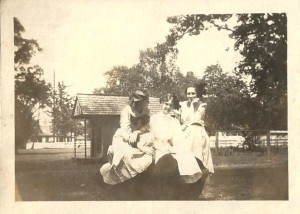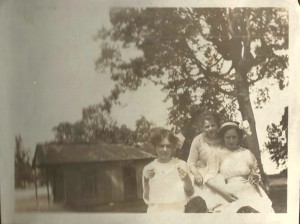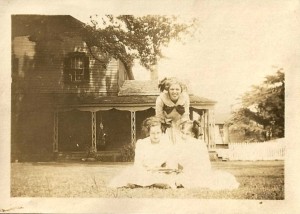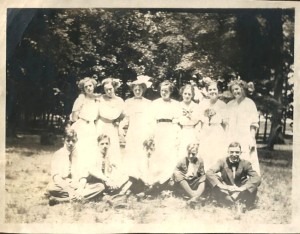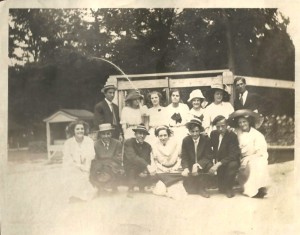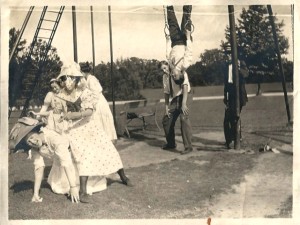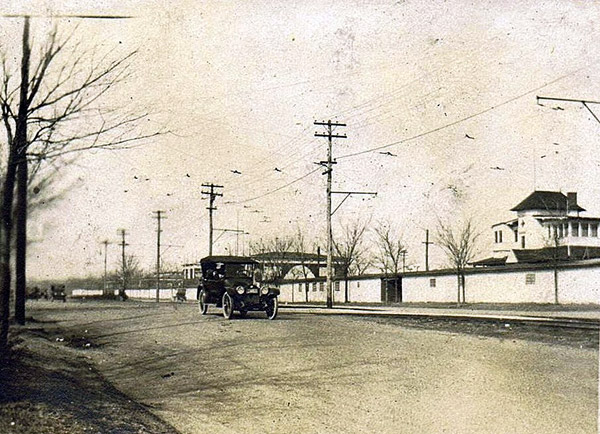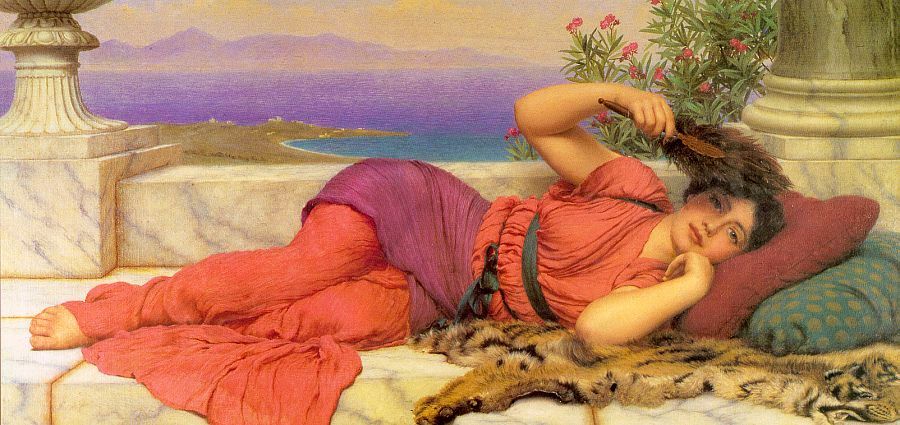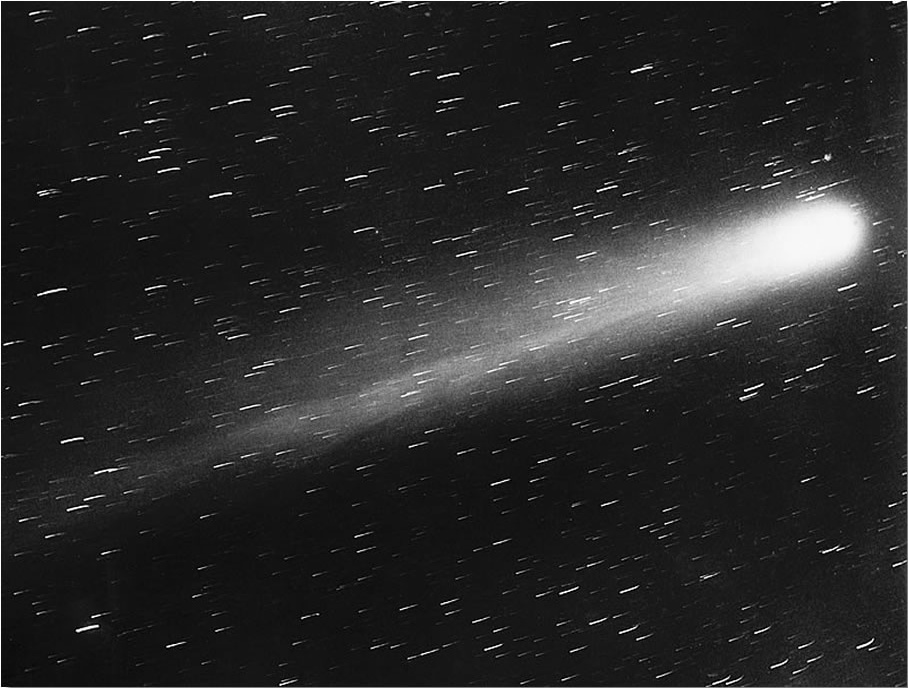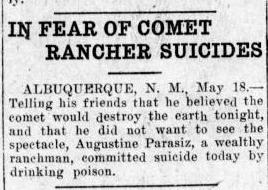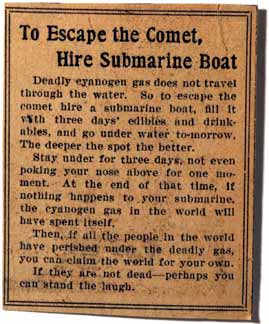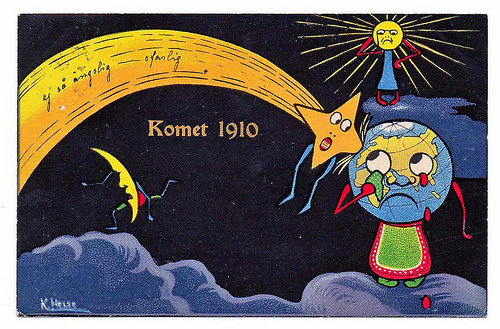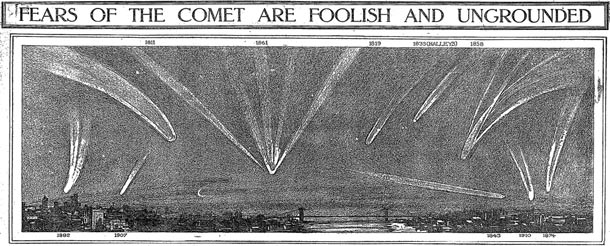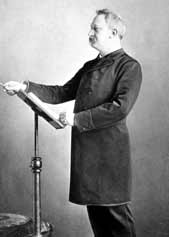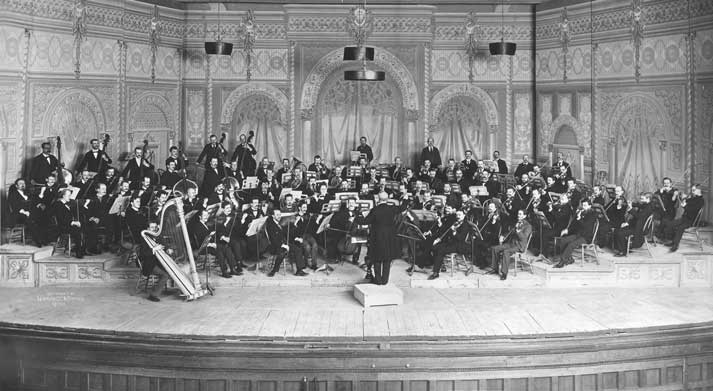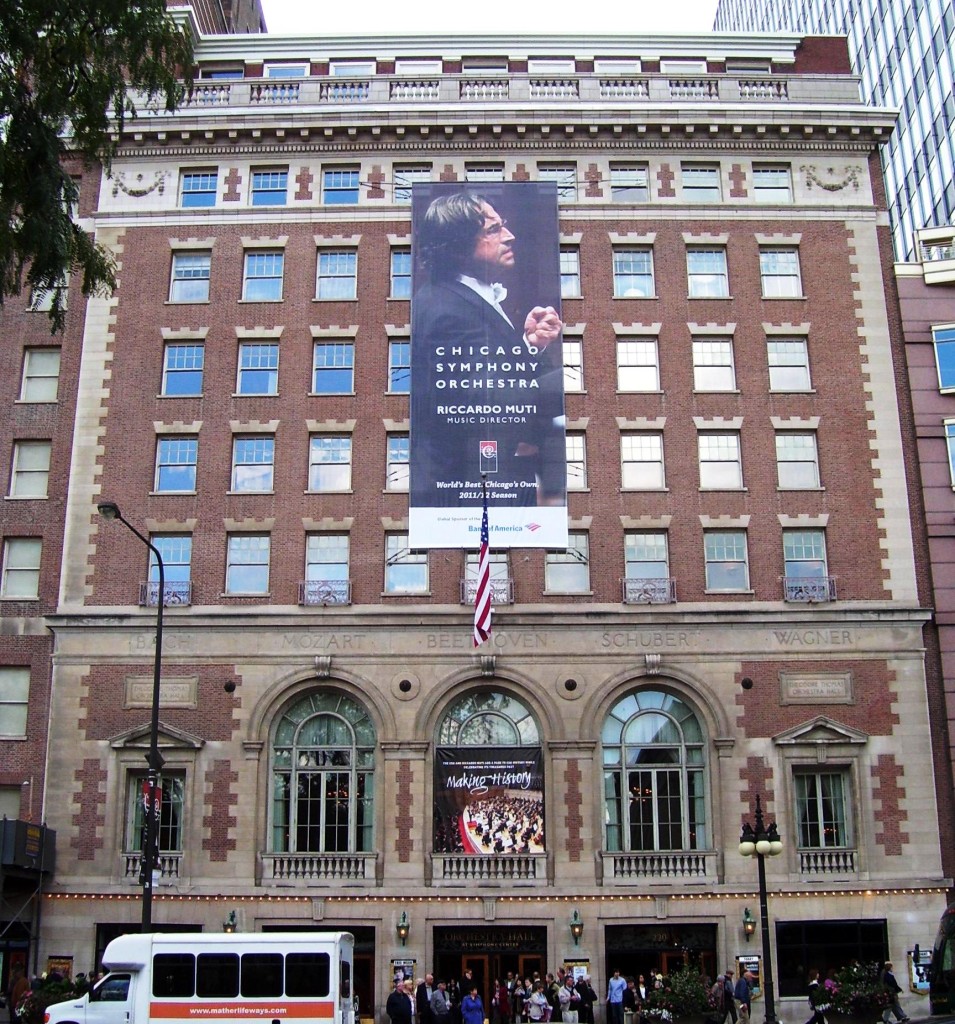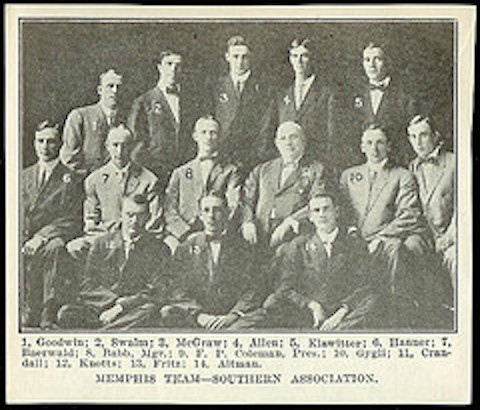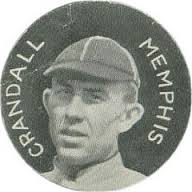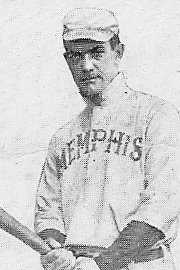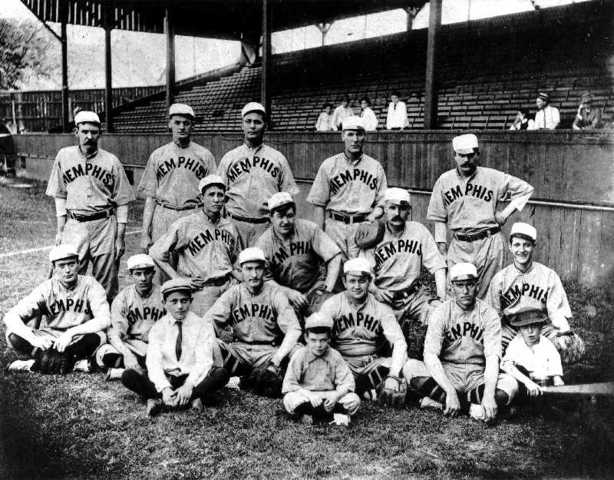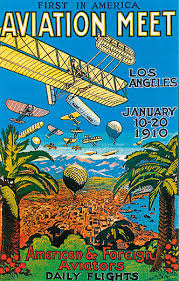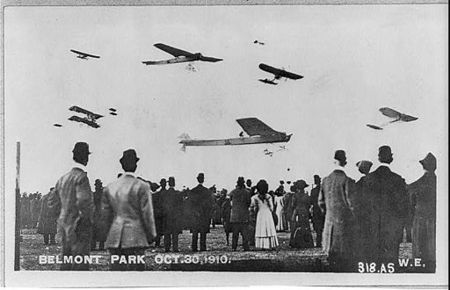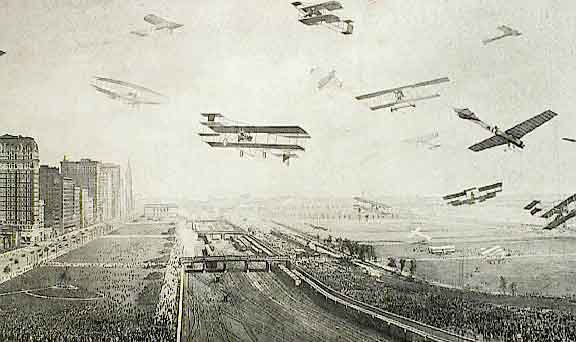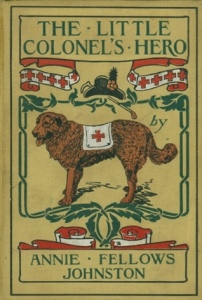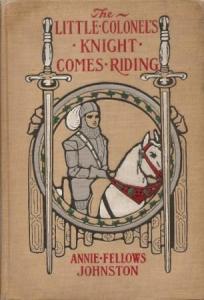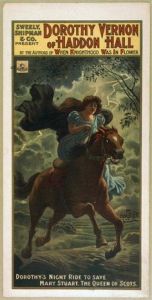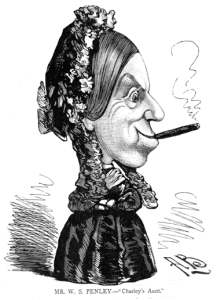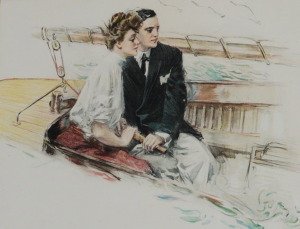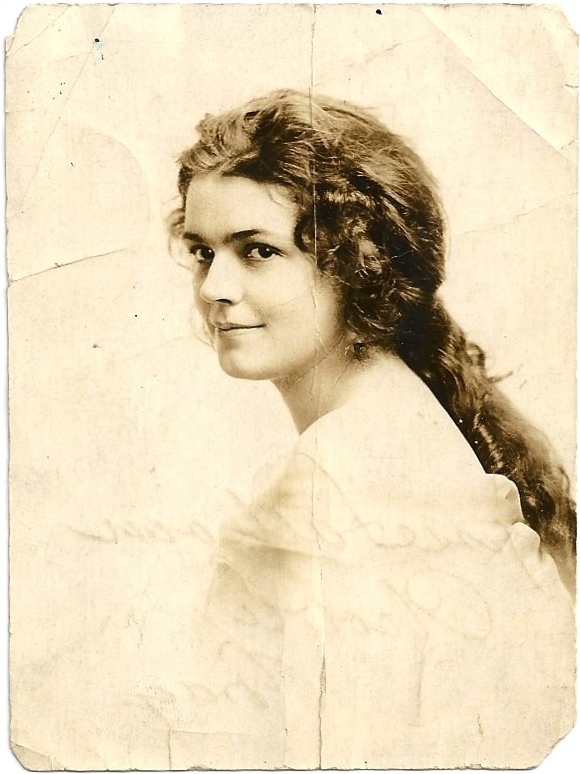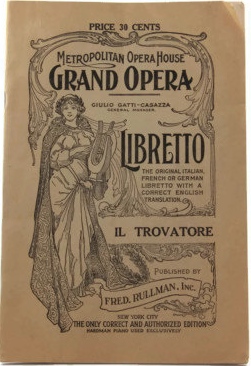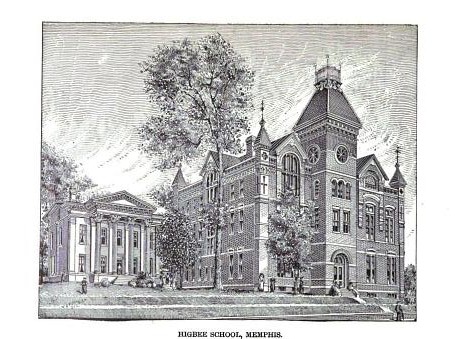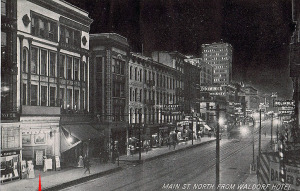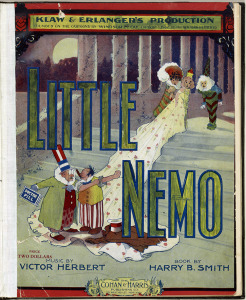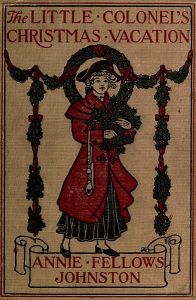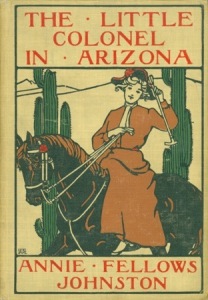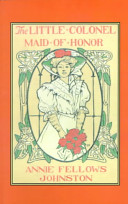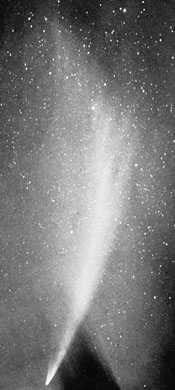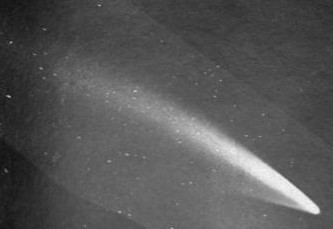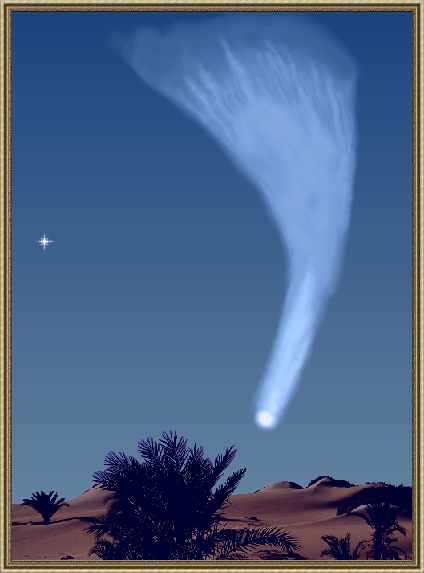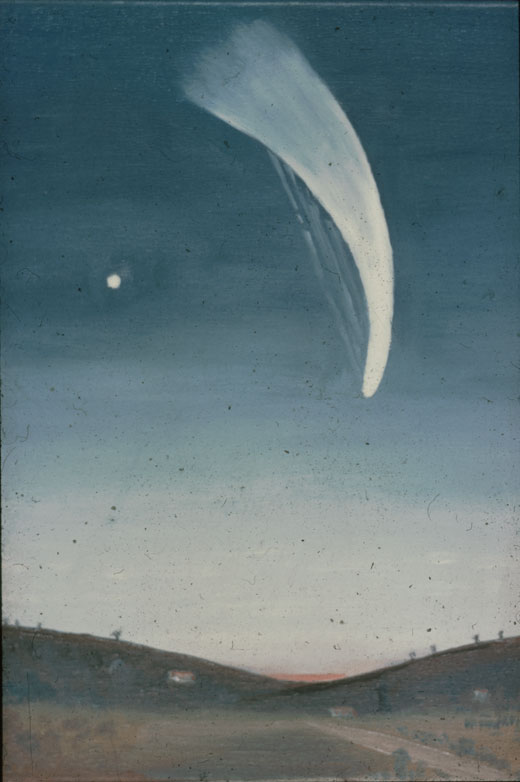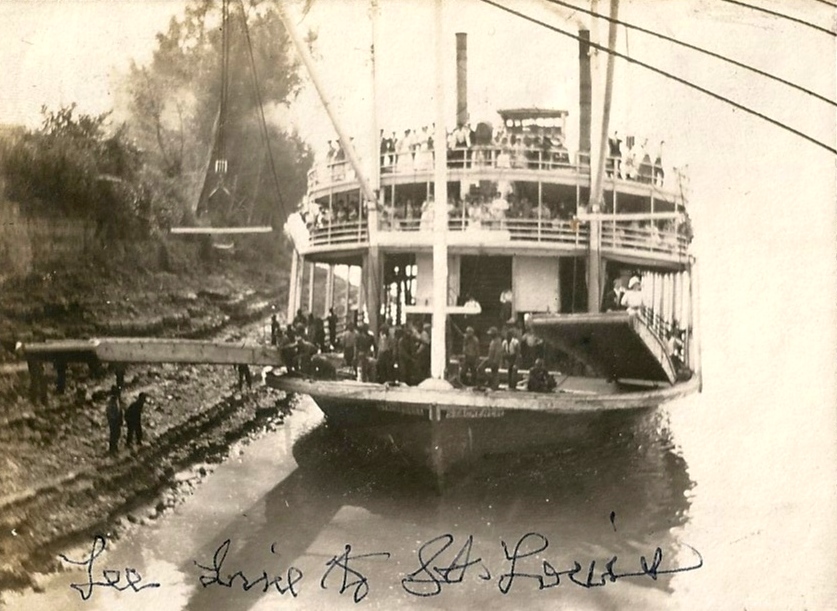
Jessie had a busy summer seeing relatives and friends. In the latter part of July, she and Sara took the train to Gates, Tennessee to visit Ethel, who I think was either a youngish aunt or an older cousin. She stayed a week in the country with Ethel. But the big trip she was really excited about was a riverboat cruise up the Mississippi River to St. Louis. Jessie, her mother and Swayne, along with about 12 other friends formed the boating party.
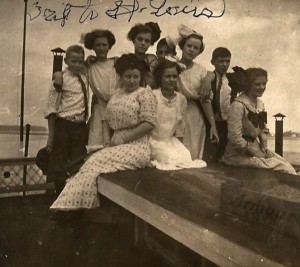
On Monday, August 15th, they left on the steamer Rees Lee for St. Louis. Jessie and Sara shared a stateroom. There was a band on board and lots of dancing throughout the trip. After several days aboard the ship and several stops along the River (Caruthersville, MO; Hickman, KY; Cape Girardeau, MO; Chester, IL), they arrived in St. Louis at 6:30 in the morning on Thursday, August 18. They stayed in the Laclede Hotel, a grand old luxury hotel in St. Louis, now demolished, famous for serving riverboat and rail travelers. They only stayed one night in St. Louis, but while they were there they were busy shopping, touring around the city, and going to a big amusement park called Forrest Park Highlands. Friday afternoon they left St. Louis on the Rees Lee for the return trip to Memphis. Within a few hours the ship had struck rocks or land and run ashore. Another ship came to the rescue, and after some time, managed to pull the Rees Lee from the land, but almost immediately it became stuck on a sandbar. They spent the night on that sandbar, though Jessie said she couldn’t sleep a wink. After almost 24 hours on the sandbar, a tug was able to free the ship after unloading all its cargo. The steamer made several stops on its way back to Memphis, including a brief excursion up the Ohio River for a stop at the Cairo, Illinois landing. The party finally made it back to Memphis on Monday night. Jessie said, “My! how I hated to get off the boat, for I had one of the finest times I ever had in my life.”
